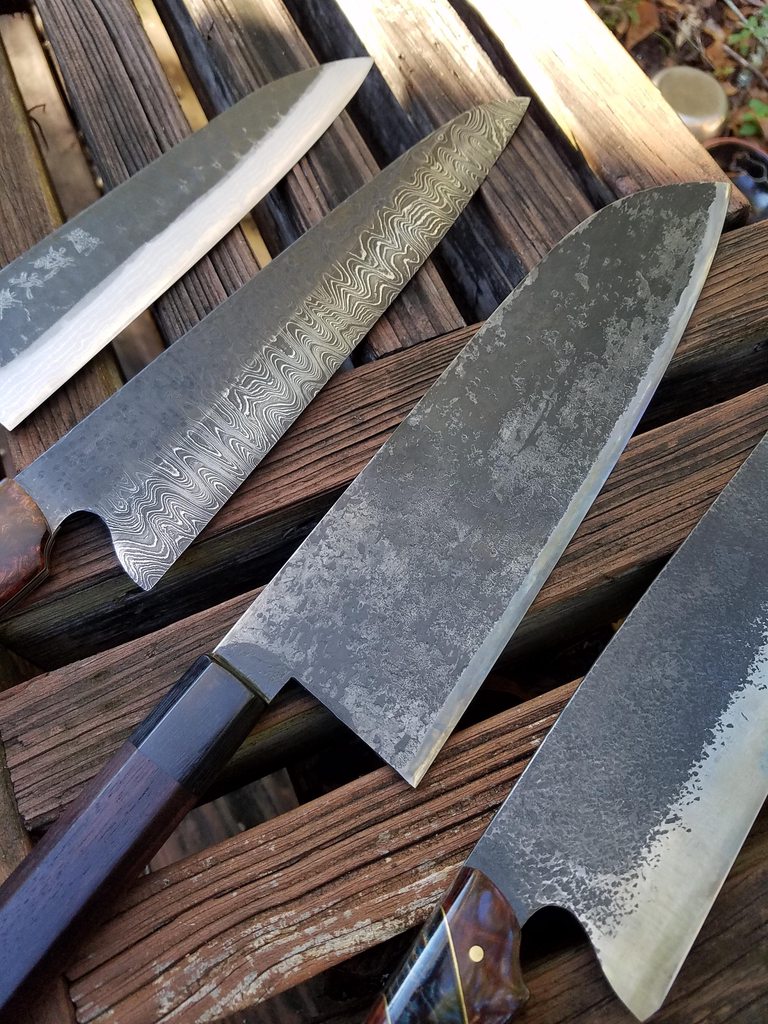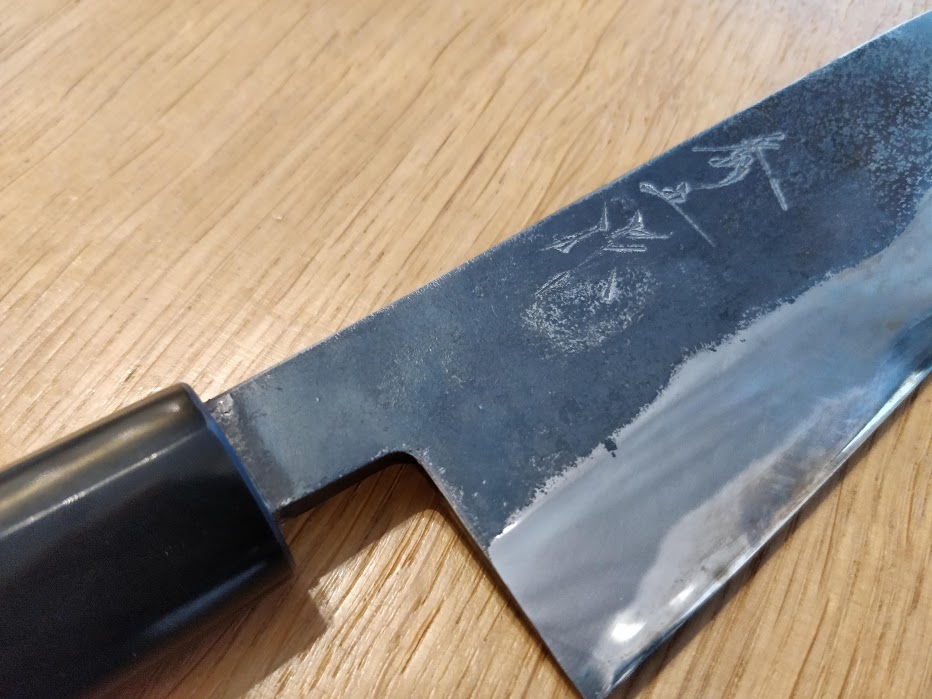Hi all!
I hope someone can help me out who has more experience with knife making. I've seen many types of Kurouchi finishes: it seems as though every smith has their own secret recipe and method for making a Kurouchi finish. Has any of you tried their own? Is there a clay I could try? I'm guessing the clay/coating goes on before hardening. Maybe there are even commercial clay products available? Or should I try and mix my own?
Any tips would be welcome!
Thanks,
Andur
I hope someone can help me out who has more experience with knife making. I've seen many types of Kurouchi finishes: it seems as though every smith has their own secret recipe and method for making a Kurouchi finish. Has any of you tried their own? Is there a clay I could try? I'm guessing the clay/coating goes on before hardening. Maybe there are even commercial clay products available? Or should I try and mix my own?
Any tips would be welcome!
Thanks,
Andur






